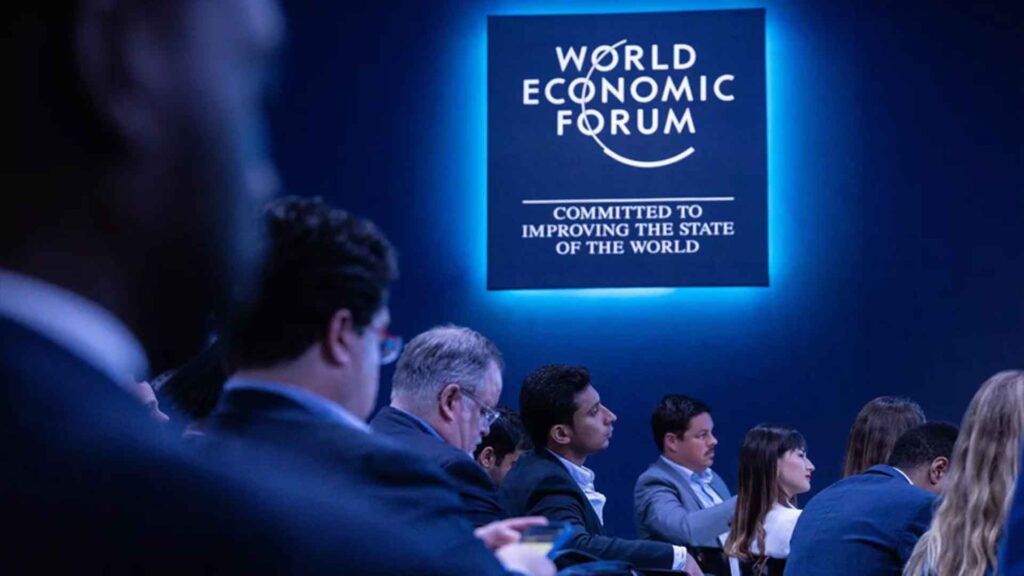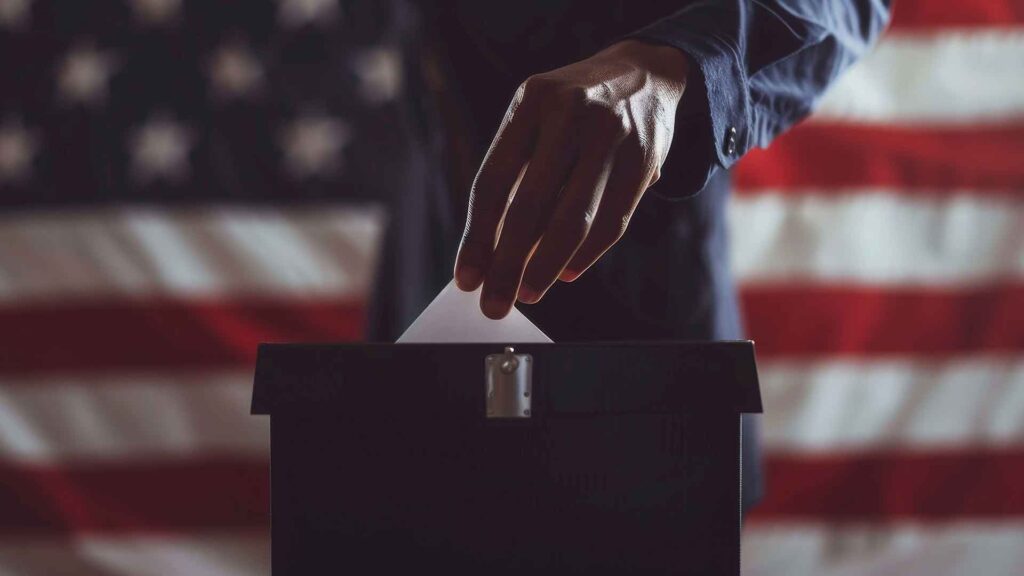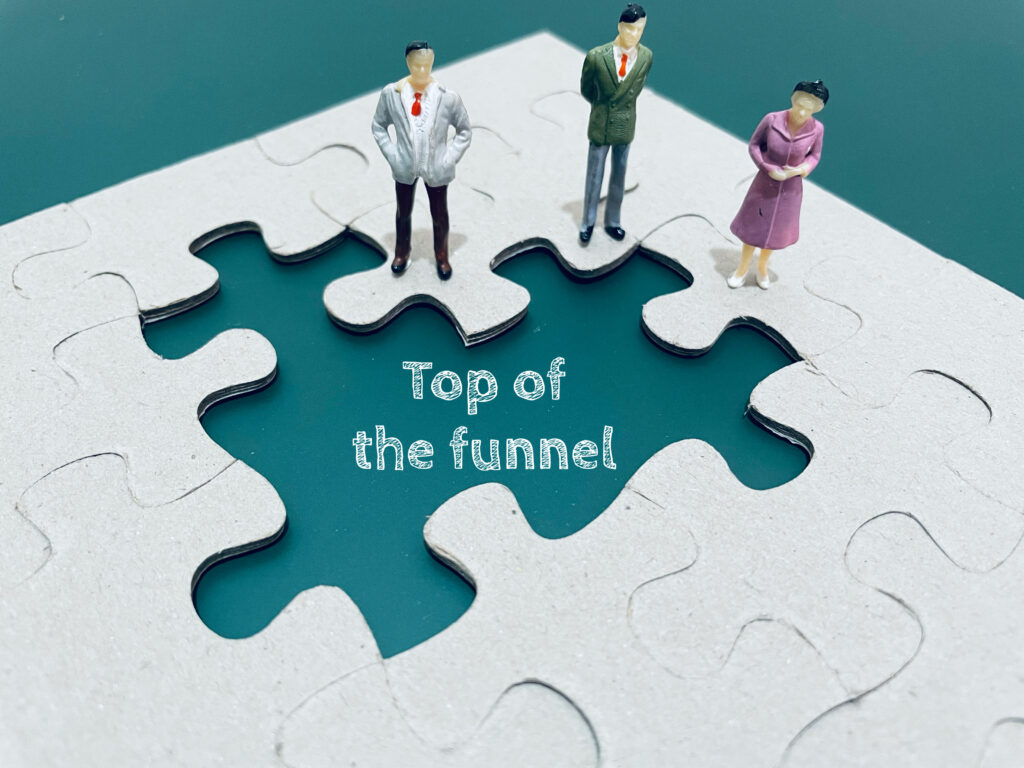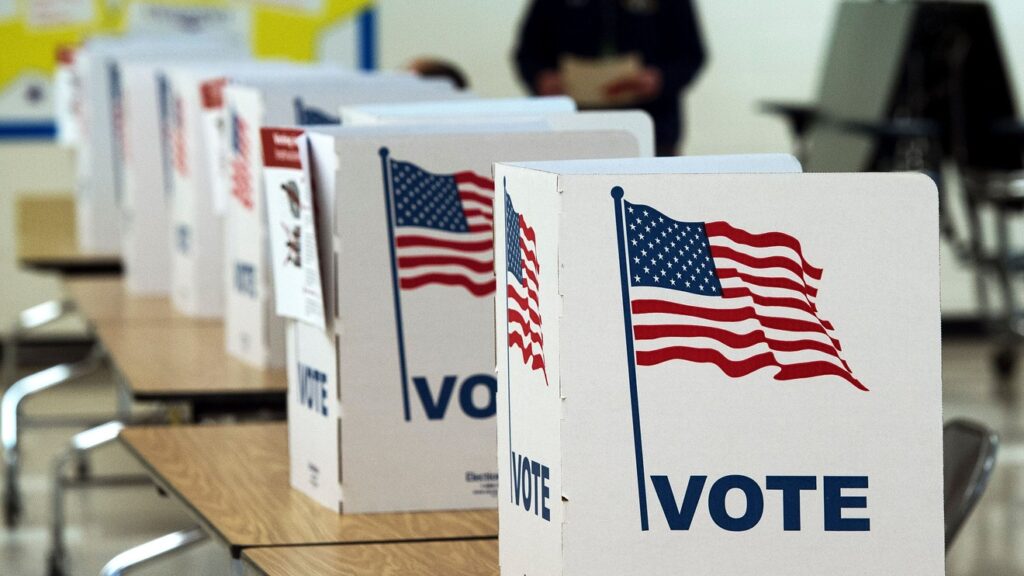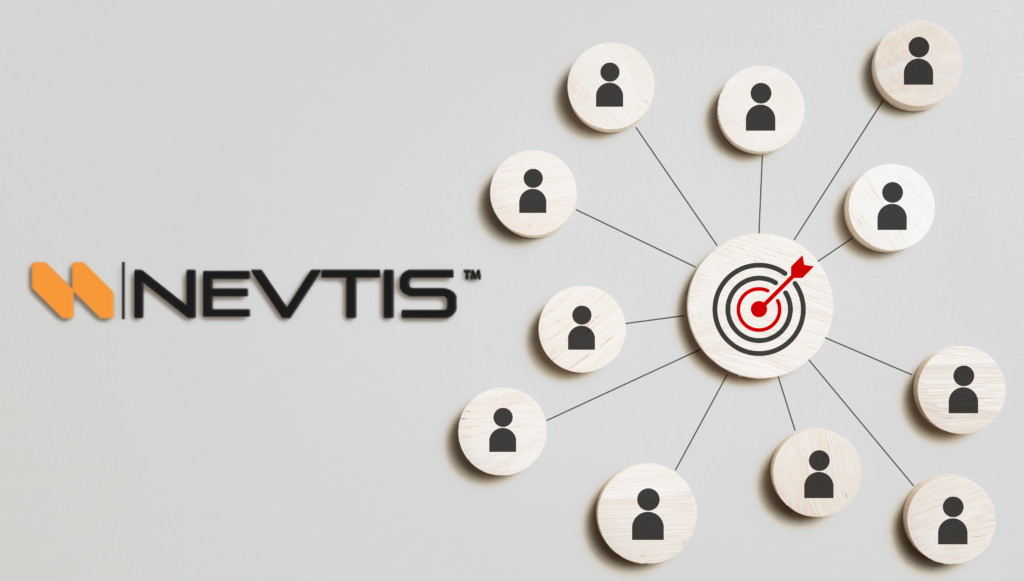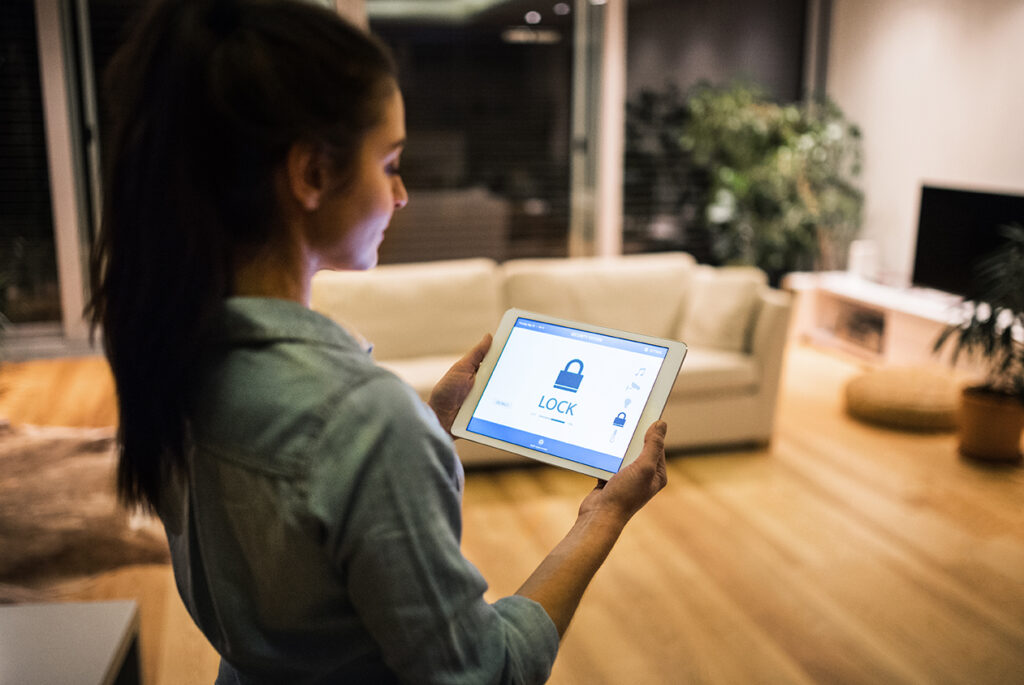Shift in Consumer Behavior: How Have Consumer Priorities and Spending Habits Changed, and What Does That Mean for New Businesses?

In the dynamic world of entrepreneurship, staying attuned to shifts in consumer behavior is crucial. In recent years, we’ve witnessed significant changes in how consumers prioritize their spending, influenced by a range of factors including inflation, rising costs, and evolving values. For new businesses, understanding these shifts is not just beneficial but essential for survival and growth. This article delves into the current trends in consumer behavior, backed by data and statistics, and provides actionable insights for entrepreneurs to adapt and thrive in this new landscape.
The Impact of Inflation and Rising Costs
Inflation and rising costs have become central issues for consumers worldwide. As prices increase, consumers are forced to reassess their spending habits. According to recent data, inflation rates have reached their highest levels in decades in many countries. This has led to a noticeable shift in consumer behavior, with a marked move towards prioritizing essential over discretionary spending.
Data and Statistics
- Consumer Price Index (CPI): The CPI, a measure of inflation, has shown significant increases. For instance, in the United States, the CPI rose by 7% in 2021, the highest annual increase since 1982.
- Household Spending: A survey by the Bureau of Economic Analysis revealed that household spending on essentials like groceries, healthcare, and housing has increased by an average of 10%, while spending on non-essentials like entertainment and dining out has declined by 5%.
Shifting Priorities: Necessities Over Luxuries
With tighter budgets, consumers are increasingly focusing on necessities. This shift is evident across various sectors:
- Grocery and Household Goods: Sales in grocery stores have seen a surge, with consumers opting for basic food items and household essentials. There is also a growing trend towards bulk buying to save costs.
- Healthcare and Wellness: Expenditure on healthcare and wellness products has increased as consumers prioritize their health in uncertain times.
- Technology and Remote Work Tools: With the rise of remote work, spending on technology and home office equipment has grown significantly.
Values Influencing Purchases
Beyond necessities, consumer values are playing a pivotal role in shaping spending habits. There is a growing emphasis on sustainability, ethical sourcing, and supporting local businesses. Consumers are more inclined to purchase from brands that align with their values, even if it means paying a premium.
- Sustainability: A study by Nielsen found that 73% of global consumers are willing to change their consumption habits to reduce their environmental impact.
- Ethical Sourcing: Consumers are increasingly concerned about the ethical implications of their purchases, with a strong preference for brands that ensure fair labor practices and humane treatment of animals.
Adapting to the New Consumer Landscape: Actionable Insights for Entrepreneurs
For new businesses, adapting to these changes is crucial for success. Here are some actionable strategies to consider:
-
Offering More Affordable Product Lines
In response to the shift towards essential spending, businesses can introduce more affordable product lines. This could involve offering smaller package sizes, budget-friendly options, or discounts and promotions on essential items.
- Example: A skincare brand could introduce a line of travel-sized products at a lower price point to cater to budget-conscious consumers.
-
Highlighting Value Propositions
Emphasizing the value proposition of your products or services can help attract cost-conscious consumers. This involves clearly communicating the benefits and unique selling points that make your offerings worth the investment.
- Example: A tech company could highlight the long-term savings and productivity gains from using their remote work tools.
-
Emphasizing Customer Service and Loyalty Programs
Exceptional customer service and loyalty programs can differentiate your business and foster long-term customer relationships. Offering personalized experiences, responsive support, and rewards for repeat purchases can enhance customer loyalty.
- Example: A local café could implement a loyalty program offering discounts or free items after a certain number of purchases.
-
Utilizing Digital Marketing Strategies
Digital marketing is an effective way to reach budget-conscious consumers. Leveraging social media, email marketing, and search engine optimization (SEO) can help your business connect with consumers seeking value and affordability.
- Example: An online clothing retailer could use targeted social media ads to promote sales and discounts to budget-conscious shoppers.
Conclusion
The shift in consumer behavior towards prioritizing necessities, driven by inflation and rising costs, presents both challenges and opportunities for new businesses. By understanding these changes and adapting strategies accordingly, entrepreneurs can navigate this evolving landscape successfully. Offering affordable products, highlighting value propositions, focusing on customer service, and utilizing digital marketing are key strategies that can help businesses thrive in this new environment. By staying responsive to consumer needs and values, entrepreneurs can not only survive but also build lasting relationships with their customers, positioning themselves as leaders in their industries.


 English
English 

























